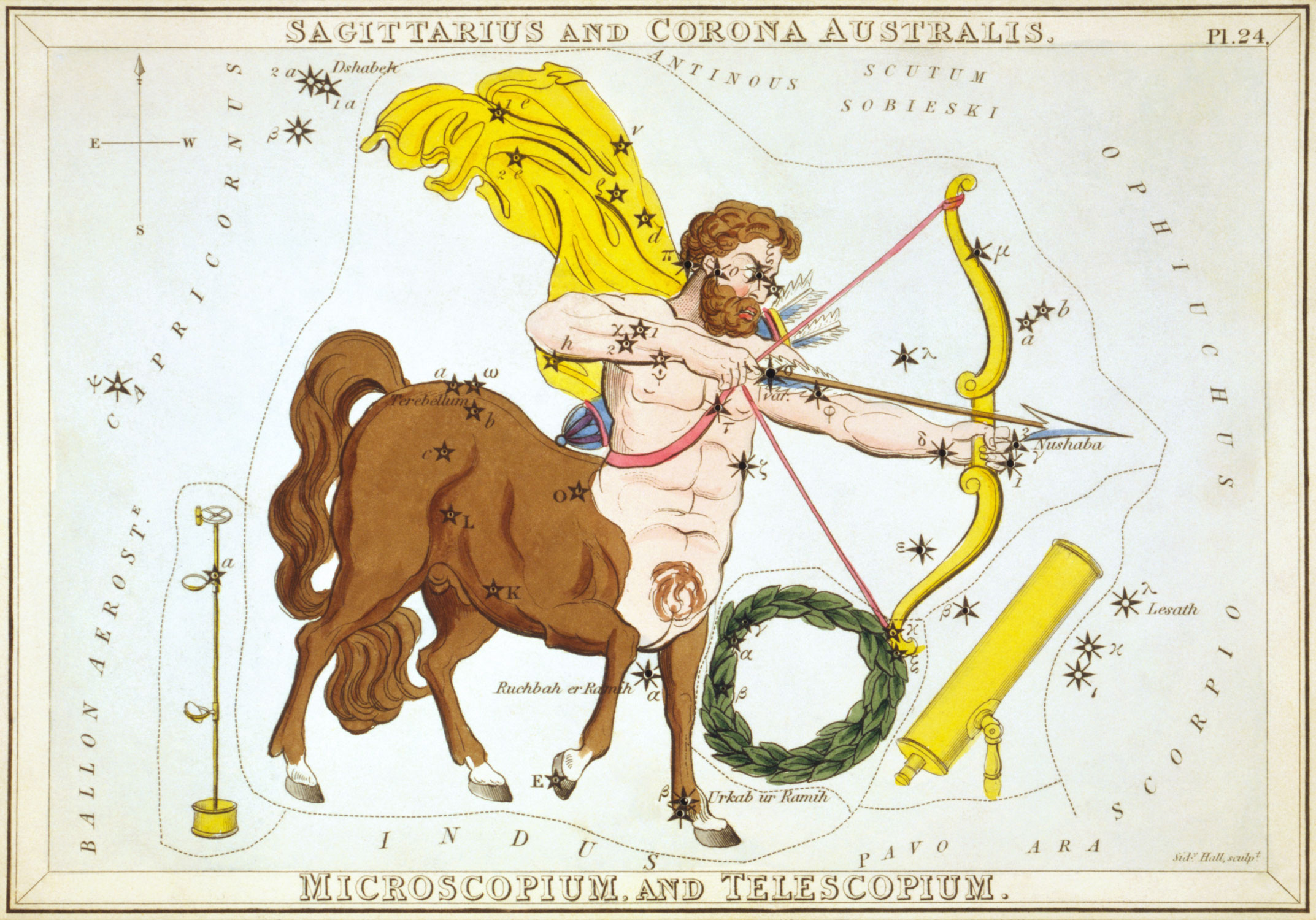HBM080: The Ocean of Halves
/Drawing by Remi Dun’s partner.
Remi Dun enjoys her job. She's good at it, she makes good money, and she generally enjoys her clients’ company. And although her job rarely gives her sexual pleasure, one client with a curious tongue gave her two surprise orgasms. Another client doesn’t know that she stops making sexy faces as soon as he can’t see her. And another client simply wants companionship—his dad died recently and he’s still emotionally raw. And yet another client wants a rubber band around his balls—the thick blue kind you find on broccoli in the grocery store.
Content Note: Sexual descriptions and swearing.
Remi is a part-time sex worker. She uses pseudonyms. She’s not out. She worries that her friends would see her as destitute and her parents would convince themselves they’d been bad parents. Still, Remi finds joy and security in her secret second job. She hopes to someday be out and proud, like the ones who have inspired her.
Balancing her “daytime” and “nighttime” selves is part of a bigger plan: to create a financial stability, to be fierce, to practice her feminism, and to develop her own romantic relationships with partners outside of work. Though, sometimes she feels lost in her identities, swimming in what she calls “the ocean of her halves.”
Remi contacted us to share her secret. We mailed her a recorder for several months to record diaries and sounds from her life. If you have a secret you’d like to share, please get in touch.
Bethany Denton and Jeff Emtman produced this episode. Our editor at KCRW is Nick White. We are a part of the Independent Producer Project of KCRW.
Music: The Black Spot, Serocell
The contents of Remi’s bag, laid on a bedsheet. Contents include coconut oil, wet wipes, money, mouthwash, hosiery, lube, tampons, pepper spray / mace, condoms, cell phone charger, deoderant, eye drops, and cosmetics.






















